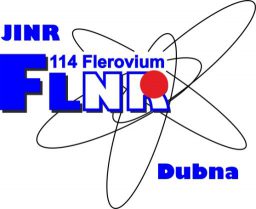“Nuclear Microscope” at Heavy Ion Laboratory in Warsaw
Speaker: Pawel Napiorkowski, Heavy Ion Laboratory, UW, Warsaw
December 10, 2021 – 15:30, FLNR conference hall
Abstract:
A development of radioactive beams facilities led to a revival of interest in the Coulomb excitation method. A construction of more efficient detection systems enabled studies of exotic nuclei, but also opened new opportunities to investigate electromagnetic structure of stable isotopes in a more profound way.
In the modern COULEX experiments very weak effects can be explored, which were not accessible before so far due to a very small cross section. These measurements yield values of individual transitional matrix elements that could be interpreted in terms of nuclear structure models. A recent experiment to study properties of the presumably super-deformed band in 42Ca can be a good example.
But typically, the use of very efficient detector systems in Coulomb excitations studies of stable isotopes allows nowadays to determine sets of matrix elements large enough to perform a comprehensive analysis of nuclear deformation. The Quadrupole Sum Rules approach makes possible to deduce the quadrupole deformation parameters like it was done in the case of 120Te.
In the analysis of contemporary COULEX experiments appropriate tools are necessary to perform a multi-parametric fit of electromagnetic matrix elements to experimental data. The GOSIA code developed by Czosnyka, Cline and Wu in the eighties of previous century remains a standard in this domain. Recent development implementing advanced computer technologies, namely genetic algorithms, will help to obtain more reliable results in a faster way.
The possibility of model-independent determination of nuclear deformation and its dynamics is like seeing atomic nuclei under a microscope – this is the important advantage of the modern Coulomb excitation technique.
